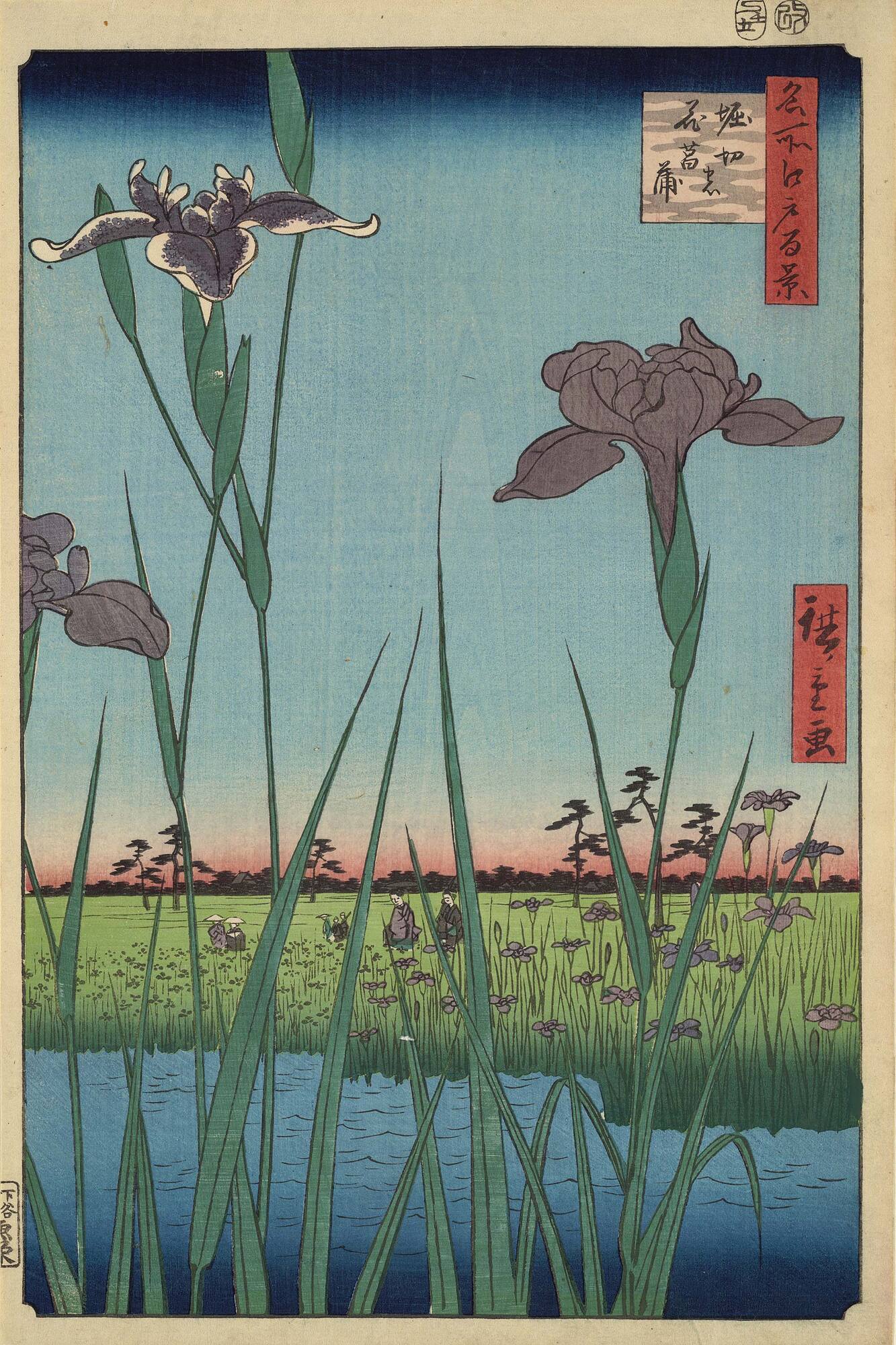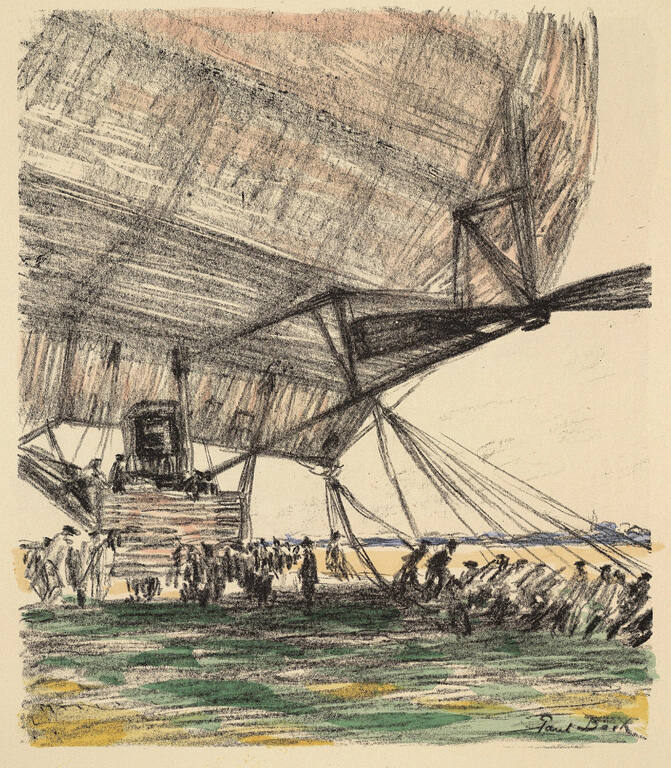Utagawa Hiroshige
(Japanese, 1826–1869)
Horikiri Iris Garden: #64 from One Hundred Famous Views of Edo

Object Details
Artist
Utagawa Hiroshige
Date
1857
Medium
Color woodblock print; oban size
Dimensions
14 x 9 3/8 inches (35.6 x 23.8 cm)
Credit Line
Bequest of William P. Chapman, Jr., Class of 1895
Object
Number
57.056
Toward the end of his life, Utagawa Hiroshige, one of the most prolific and gifted Ukiyo-e landscapi(…)
Toward the end of his life, Utagawa Hiroshige, one of the most prolific and gifted Ukiyo-e landscapists of the late Edo period, produced a set of woodblock prints entitled One Hundred Famous Views of Edo (today Tokyo). In this immensely popular series, he conveyed a vivid vision of nature and man through his depictions of daily life in Edo that included famous sites, annual festivals, and seasonal spectaculars. In the middle of the nineteenth century, the Iris Garden at Horikiri was a well-known site to the people of Edo. In his portrayal of this garden, Hiroshige demonstrates his penchant for radical cropping of the composition: the iris are seen in a striking close-up arrangement, severed by the border frame, and superimposed on the pictorial surface. A view through the enlarged iris, like a camera’s third eye, leads the viewer to the sightseers in the distant background, who are separated from the iris by a canal. The new method of breeding iris developed at this garden was introduced to the West in 1852 and became an internationally famous process. In addition to conveying the visual beauty of the iris to horticulturalists, such a striking print could also have inspired such artists as Vincent van Gogh.
(From “A Handbook of the Collection: Herbert F. Johnson Museum of Art,” 1998)
Discover More
Fortin de las Flores (Small Fort of Flowers), from the portfolio Ten from Leo Castelli
Frank Stella, Tanglewood Press, New York












